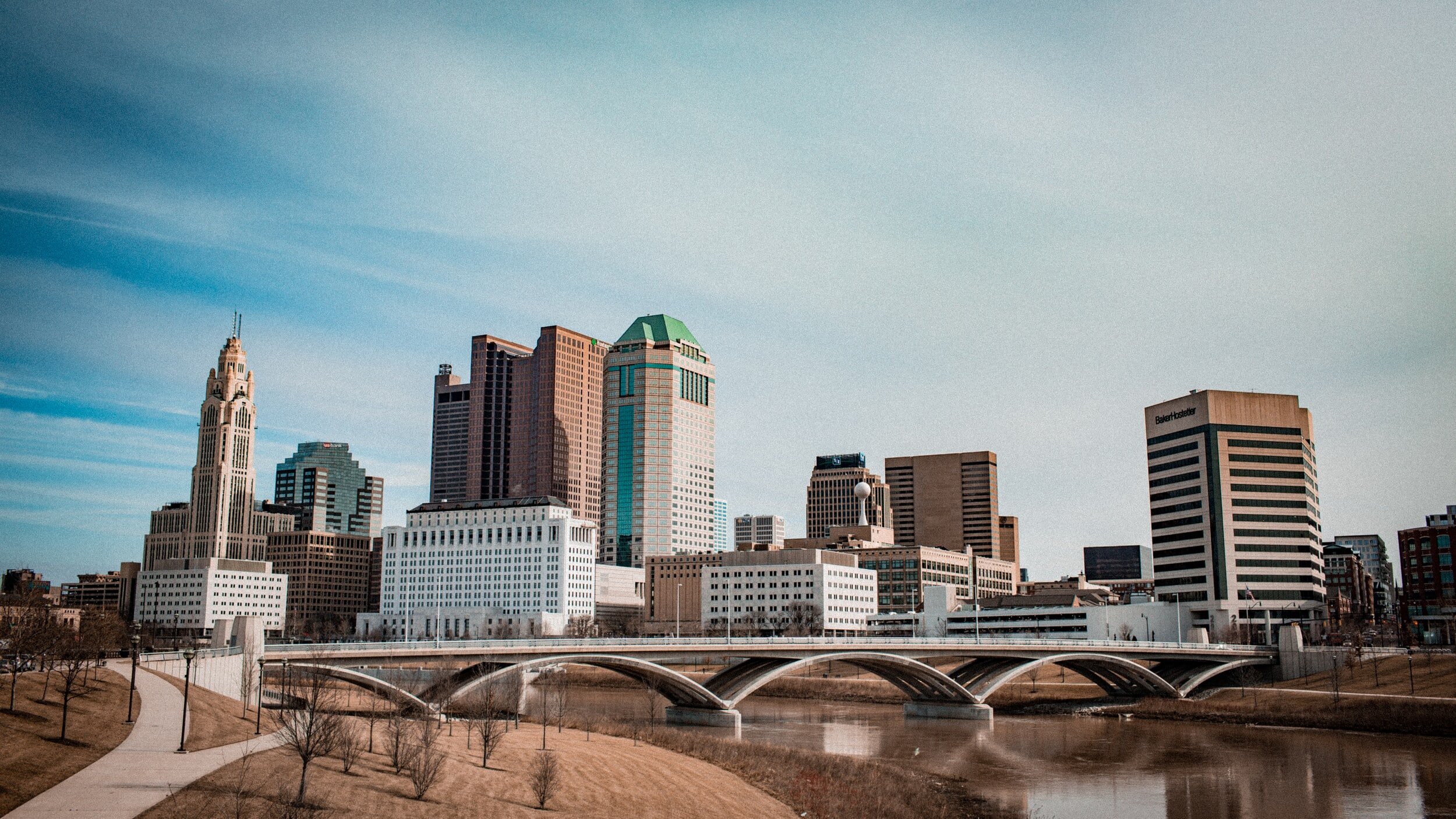8 Attributes of a Great Architect
What makes a great architect?
Well, what makes a great spouse or a great best friend? The answer to the question depends on YOU. How familiar are you with the design process? What type of building do you want to create? Do you have a style in mind or are you looking for inspiration? What size is the project? There are many questions and corresponding characteristics that may influence your construct of what qualities make an architect great.
Despite the fame and glory surrounding the portrayal of most cinematic architects as single designer with total control and responsibility for all aspects of a project, the reality is that most projects are delivered by a team of individuals with individual expertise and perspectives. Using team-oriented project delivery is a process that benefits you by bringing together many experts with specializations to help you create the best building project possible. So, the better question may be, what makes a great architectural team?
There are several qualities essential for orchestrating successful projects, and in my experience, those qualities include:
Creativity
Whether trying to solve problems associated with design, space use, building codes, land use, zoning, or budgets, creative thinkers can help solve problems in ways that you may not have considered. Creative thinkers explore many solutions, compare them to project requirements, and then present you with the versions that are most successful and inspiring. In other words, creative thinkers propose solutions that produce better projects.
Resourcefulness
All projects have unique challenges and a few twists and turns along the way. You need a team that will identify obstacles early and load the project with commensurate resources to overcome them. People (expertise), technology, testing, and research are among the fundamental resources needed to solve most complex building design and delivery challenges.
Technical Focus
As the big picture design intent is established, technically inclined minds will be focusing on constructability and details depicting how the building will come together. Being “constructible” is only one piece of a good technical execution. Other pieces include the cost of construction, the simplicity of construction, and the ease of sequencing the construction. And a technically focused team can also convey the work clearly in bid documents resulting in the most economical and realistic pricing available.
Foresight
When it comes to having a successful project, foresight is essential. A good design team will set expectations up front about what the project will involve, how long it will take, major project milestones, unique circumstances, and similar considerations. Goals must be set early in the project so that all team members are aiming for the same objectives. In addition, a design team with foresight will help you address challenges early before they become problems.
Drive
Most things in life are only as good as the effort that goes into them. When it comes to design, having a team that is self-motivated and excited to explore the possibilities will greatly benefit the project. Enthusiasm is contagious, and an excited project team will always result in a better project.
Collaboration
Effective and timely communication is essential and promotes better decision making, solidifies expectations, improves confidence, escalates awareness, bolsters team cohesion, and engenders better overall solutions. When you have questions along the way, having a prompt and responsive design team will keep you in the driver seat. But it is also important to understand that collaboration – though sometimes thought of as an inherently positive activity – can be ineffective without proper structure and moderation. Your design team leaders should set the tone for organized and productive collaboration sessions.
Construction Savvy
One of the great unknown project success indicators the contracting team who will build the project. Even the most successfully designed projects can run amiss without proper administrative oversight. Maintaining the budget, schedule, appearance, and quality of work often requires significant oversight by the design team. And while the tool box of standard processes for maintaining these criteria are well known (including construction submittals review, progress meetings, on-site supervision, and field reports), most projects require adaptation of the standard procedures tailored to the contractor. The design team’s approach to construction administration should be adaptable, engaged, proactive, equitable, and firm.
Leadership
If a team of stakeholders were asked, “what materials should your new building utilize,” there might be a variety of opinions and little chance of concurrence. Instead, the design team should exhibit leadership by proposing materials, presenting their merits, and helping build consensus around an option. A good leader builds consensus, exercises sound judgement, and maintains group focus on the big picture. Having three leaders - an owner’s team leader, a design leader, and a construction leader – represents an ideal arrangement that enhances effective and timely decision making.
















